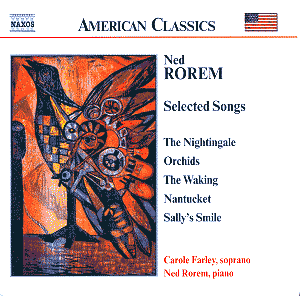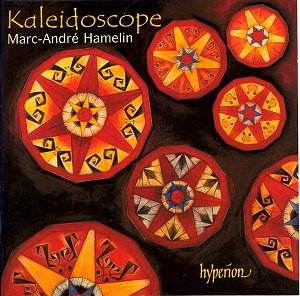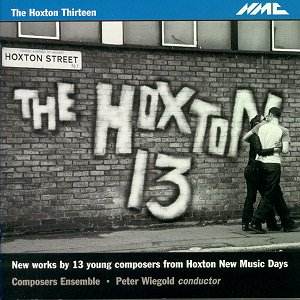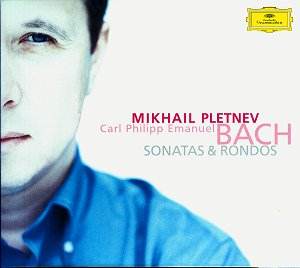 Composer: Ned Rorem
Composer: Ned Rorem
Works: Selected Songs including “The Waking,” “My Papa’s Waltz,” “Orchids,” “The Serpent,” “Stopping by Woods on a Snowy Evening,” among others
Performers: Carole Farley (soprano), Ned Rorem (piano)
Recording: Old North Church, Nantucket, MA, June 2000
Label: NAXOS 8.559084
Ned Rorem, an emblematic figure in American art song, is renowned for his melodic inventiveness and deep textual sensitivity. With a catalogue exceeding 250 songs, Rorem’s works are often characterized by their intimate exploration of themes encompassing childhood, love, loss, and the ephemeral nature of life. This recording, featuring soprano Carole Farley and Rorem himself at the piano, presents a selection of songs that not only illuminate the composer’s distinct voice but also reveal the interpretive choices that shape our understanding of his music.
The performance by Farley and Rorem is a study in contrasts to other prominent renditions, notably that of Susan Graham, who brings a more classical lieder sensibility to the interpretations. Farley, however, revels in her theatricality, embracing a more visceral approach. In “Orchids,” one can hear her elongated vowels and playful intonation, which convey a sense of buoyancy and immediacy. Farley’s treatment of the word “Damp,” for instance, is a striking blend of plosive consonance and rich vowel sounds that transform it into an expressive focal point. This instinctual, almost jazz-inflected delivery sets her apart from Graham’s more refined articulation, which tends toward subtlety and a lighter touch.
The interpretational divergence becomes even more pronounced in Rorem’s “The Serpent,” where Farley takes a more dynamic and animated route. Her vocal delivery is marked by a deliberate roughness, as she manipulates her tone to serve the emotional landscape of the text. In contrast, Graham’s version unfolds with a delicate lightness that teases out the humor in Rorem’s setting, showcasing the lieder singer’s restraint and elegance. This contrast in approach highlights Rorem’s ability to accommodate a range of interpretations, each illuminating different facets of his music.
Rorem’s pianism in this recording merits particular attention. His accompaniment is both supportive and assertive, providing a rich harmonic foundation that enhances the vocal line without overshadowing it. The recording, however, presents certain limitations; the sound quality is somewhat constricted, lacking the airiness that would allow the nuances of Rorem’s piano writing to fully blossom. This sonic compression detracts from the overall experience, especially when compared to the more spacious and vibrant sound in Graham’s interpretations.
The brevity of several songs, such as “What if some little pain,” showcases Rorem’s knack for encapsulating profound emotional truths within a compact framework. Farley’s breathy delivery of “doth” in the concluding line serves as a poignant example of her ability to navigate textual ambiguities with a visceral response. In stark contrast, Graham’s more measured approach to “Now sleeps the crimson petal” allows for reflective depth, revealing a gulf in interpretive style that could enrich one’s understanding of Rorem’s intentions.
Both Farley and Graham offer compelling interpretations of Rorem’s songs, yet their differences illuminate the myriad ways in which these works can be experienced. Farley’s interpretation is imbued with a raw immediacy that mirrors the composer’s own aesthetic proclivities, while Graham offers a more polished and introspective perspective. This recording is a valuable addition to the discography of Rorem’s songs, providing an alternative lens through which to appreciate his mastery of text setting and melodic craft. The listening experience underscores the necessity of engaging with multiple interpretations to grasp the full spectrum of meaning in Rorem’s art.



